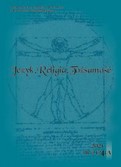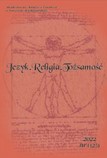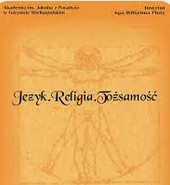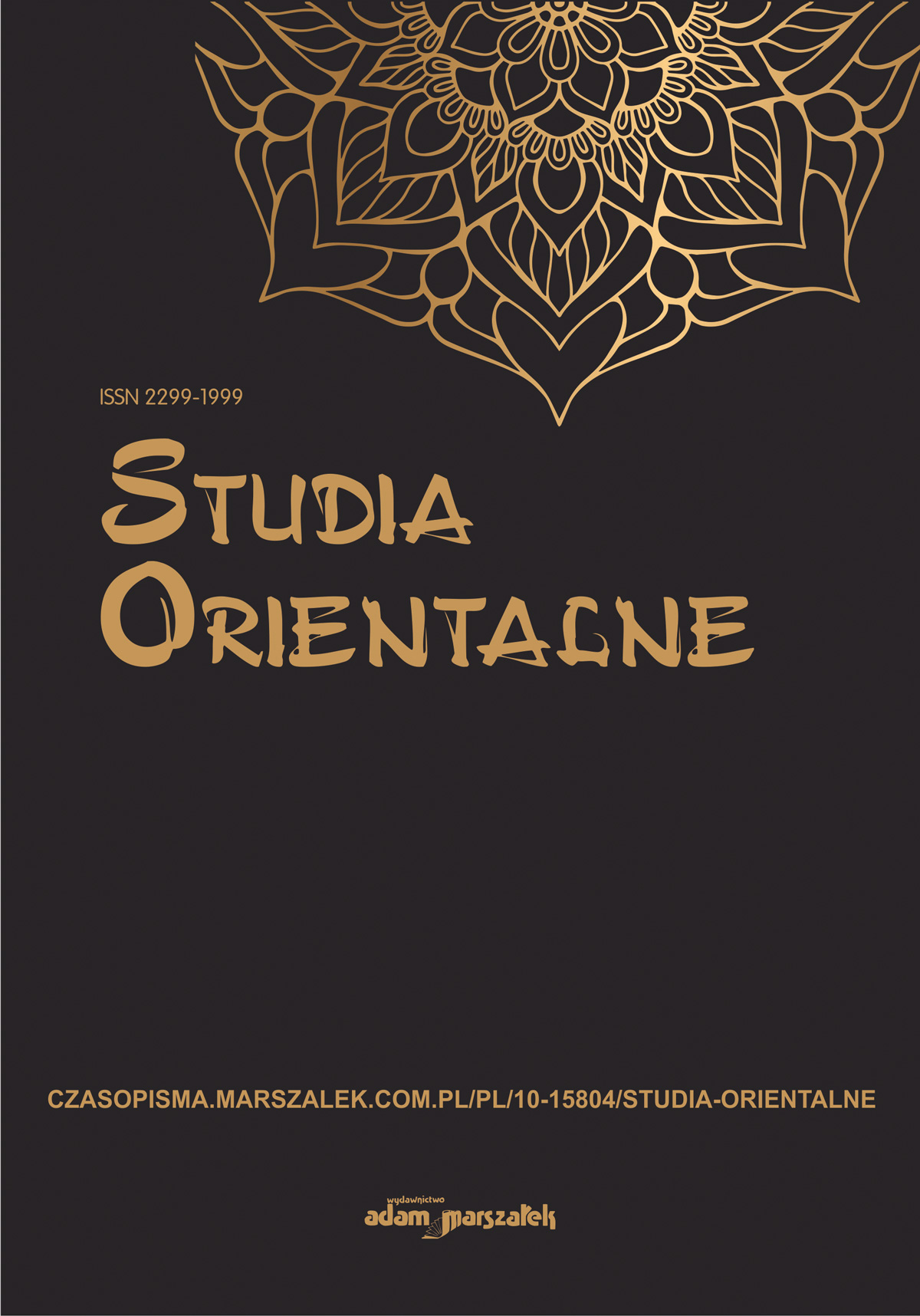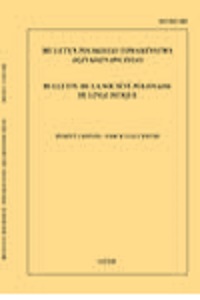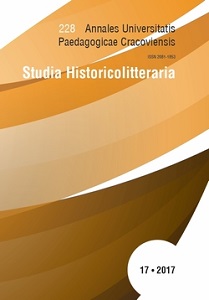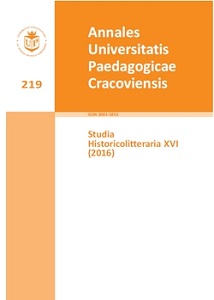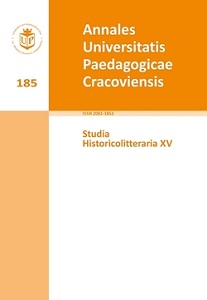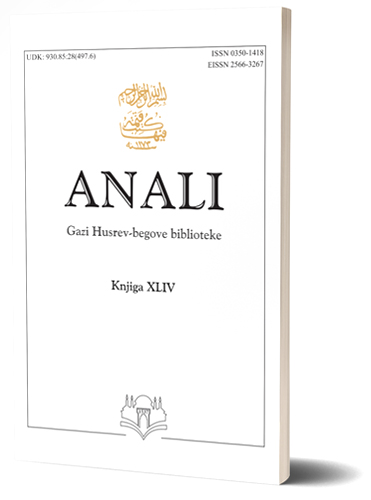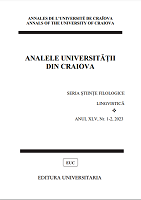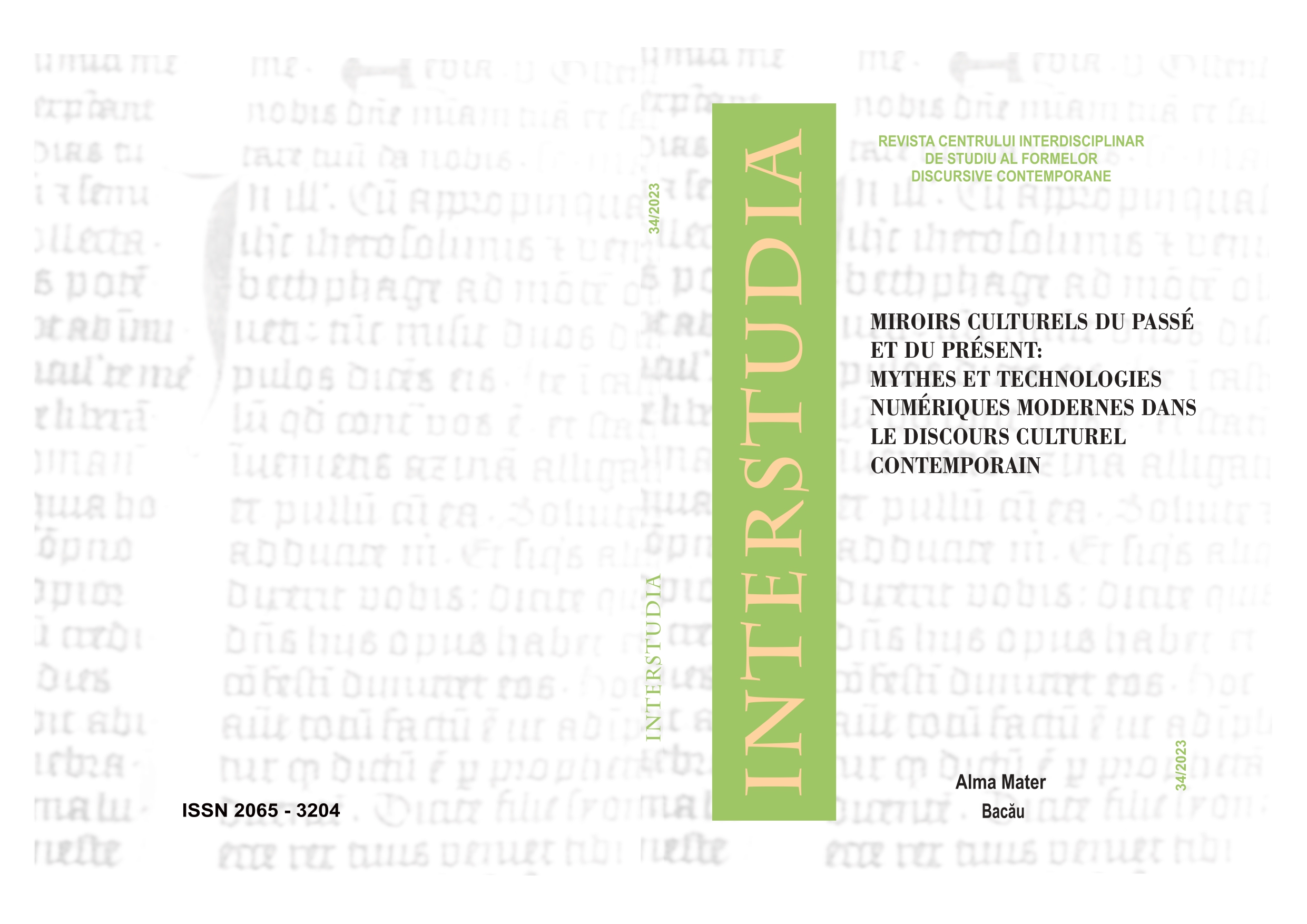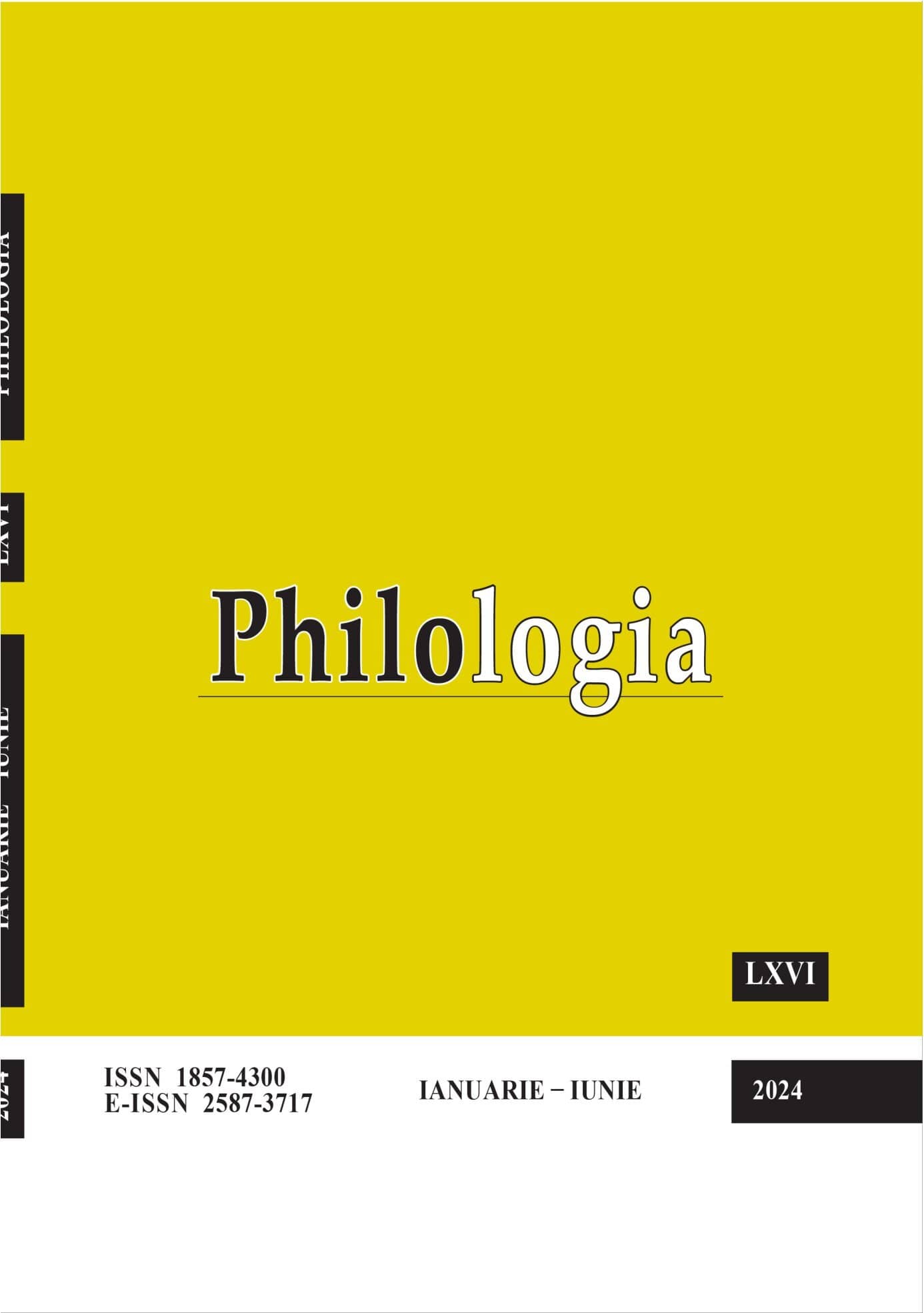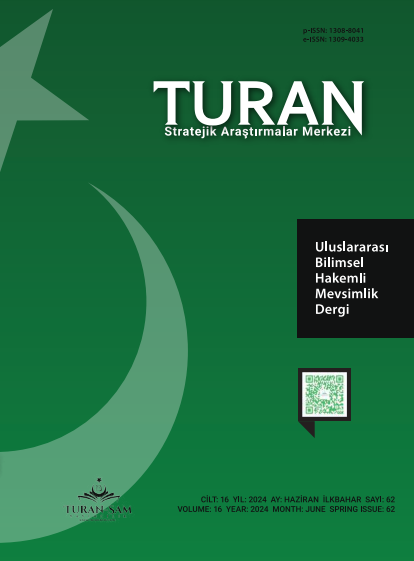Author(s): Inez Okulska,Anna Kołos,Krzysztof Skibski / Language(s): Polish
Issue: 79/2023
Literary texts have become part of corpora for natural language processing (NLP) algorithms. This helps to create new maps of relationships and of the impact of authors and trends (Moretti 2005) as well as of verifying authorship. In Polish-language digital humanities, stylometry occupies a separate place. It is understood as automated analyses of the frequency distribution of single words or lexical chains (bi- or trigrams). The work of Krakow-based stylometrists (Eder, Rybicki, Kestemont 2016) has shown interesting results of an automated clustering of larger and smaller corpora for different languages and translations (Rybicki 2014). However, the research potential for analysing morphosyntactic and prosodic language features in poetic texts is awaiting further exploration. In this paper, we draw on Polish and world experience to contribute to the automated stylometric research on poetry and address aspects not yet addressed: the morphosyntactic, rather than semantic, analysis of idiopoetics, which also takes into account the patterns of structure (including the elements of prosody) of free verse. The starting point is the question which elements are distinctive enough so that, even despite the change in the subject matter of the poem – as is the case of parody – they unambiguously indicate the intended authorial stylistics. A form of parody (here performed by Grzegorz Uzdański) – as a kind of stylistic metonymy, which intuitively (in line with the level of the parodist’s observational talent) reduces the idiopoetics of a particular author to the most characteristic features and expresses them, often in a somewhat intensified way, through new content – seemed an ideal research area to examine the concurrence of features that are perceived and those that are actual, nameable and countable. In this way, we wanted to see if what is funny in a parody, i.e. a successful imitation that adds a new and surprising element (e.g. a new theme), can be encoded in such a way that a machine learning model can decode the parodic intention. What is actually parodied in Różewicz’s or Szymborska’s poetry and what makes the parody readable (and therefore “makes it work”)? An important role is played by an adequately developed, interpretable vector representation of the classified texts (stylometric vectors). With the help of model explanatory tools (XAI), it is possible to open the black box and explain the model’s decision, and to show which features and to what extent influenced the final verdict. The advantage of the proposed method is that these abstract features used in the model are, in fact, the morphosyntactic and verse metrics clearly specified by humans. Thus, pointing to the features of the model unambiguously indicates the specific features of idiopoetics, which have appeared most relevant for their classification (which enables the verification of intuitive, circulated readings against quantified reality). It is also possible to explain the decision for each individual text sample, including parody texts.
More...
